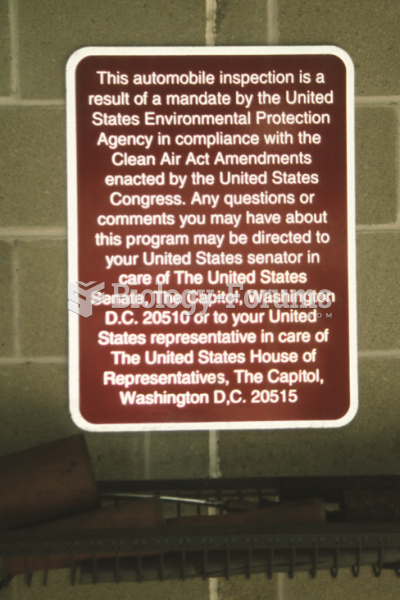This topic contains a solution. Click here to go to the answer
|
|
|
Did you know?
The longest a person has survived after a heart transplant is 24 years.
Did you know?
There are more sensory neurons in the tongue than in any other part of the body.
Did you know?
By definition, when a medication is administered intravenously, its bioavailability is 100%.
Did you know?
The oldest recorded age was 122. Madame Jeanne Calment was born in France in 1875 and died in 1997. She was a vegetarian and loved olive oil, port wine, and chocolate.
Did you know?
The horizontal fraction bar was introduced by the Arabs.







